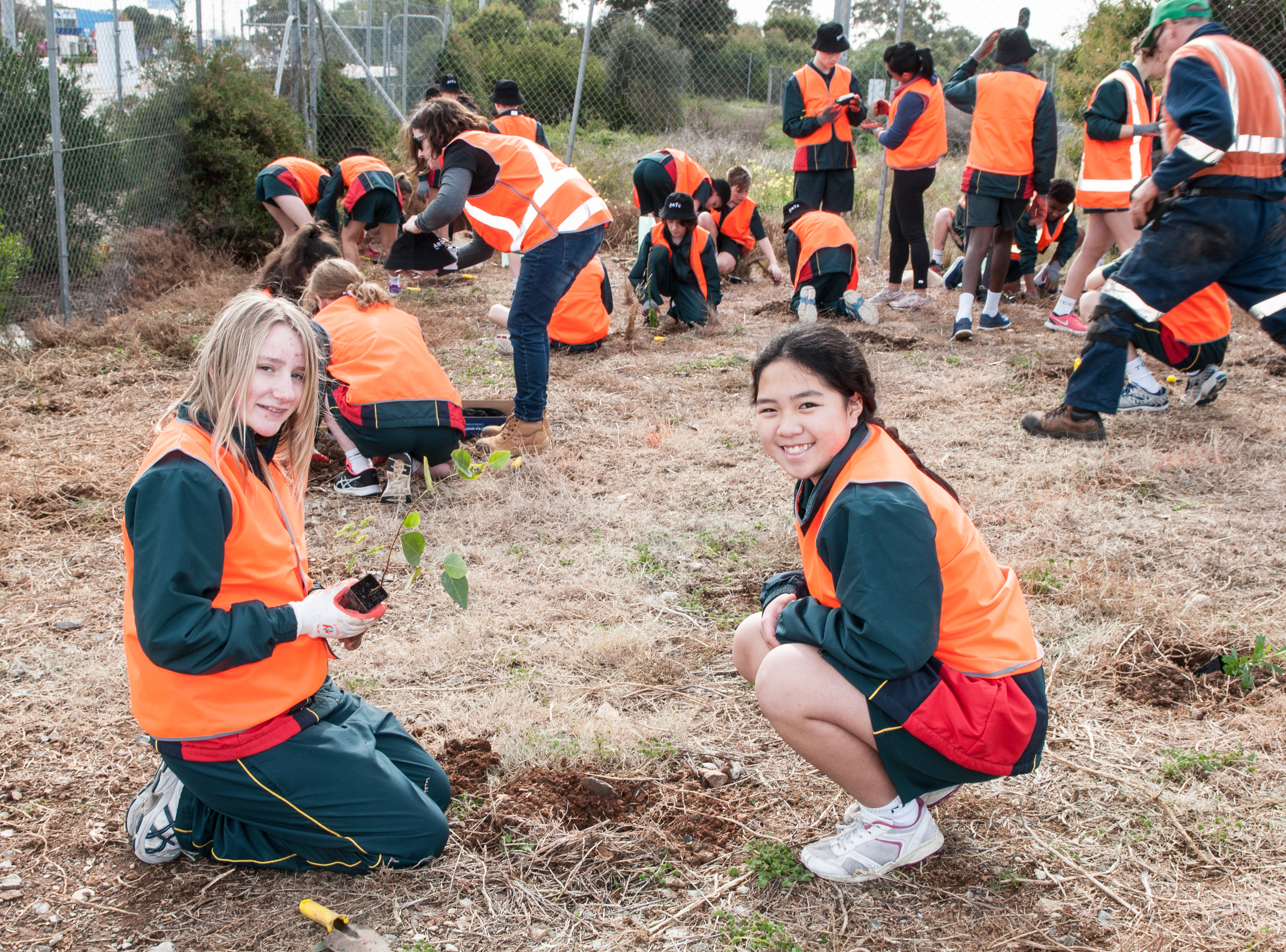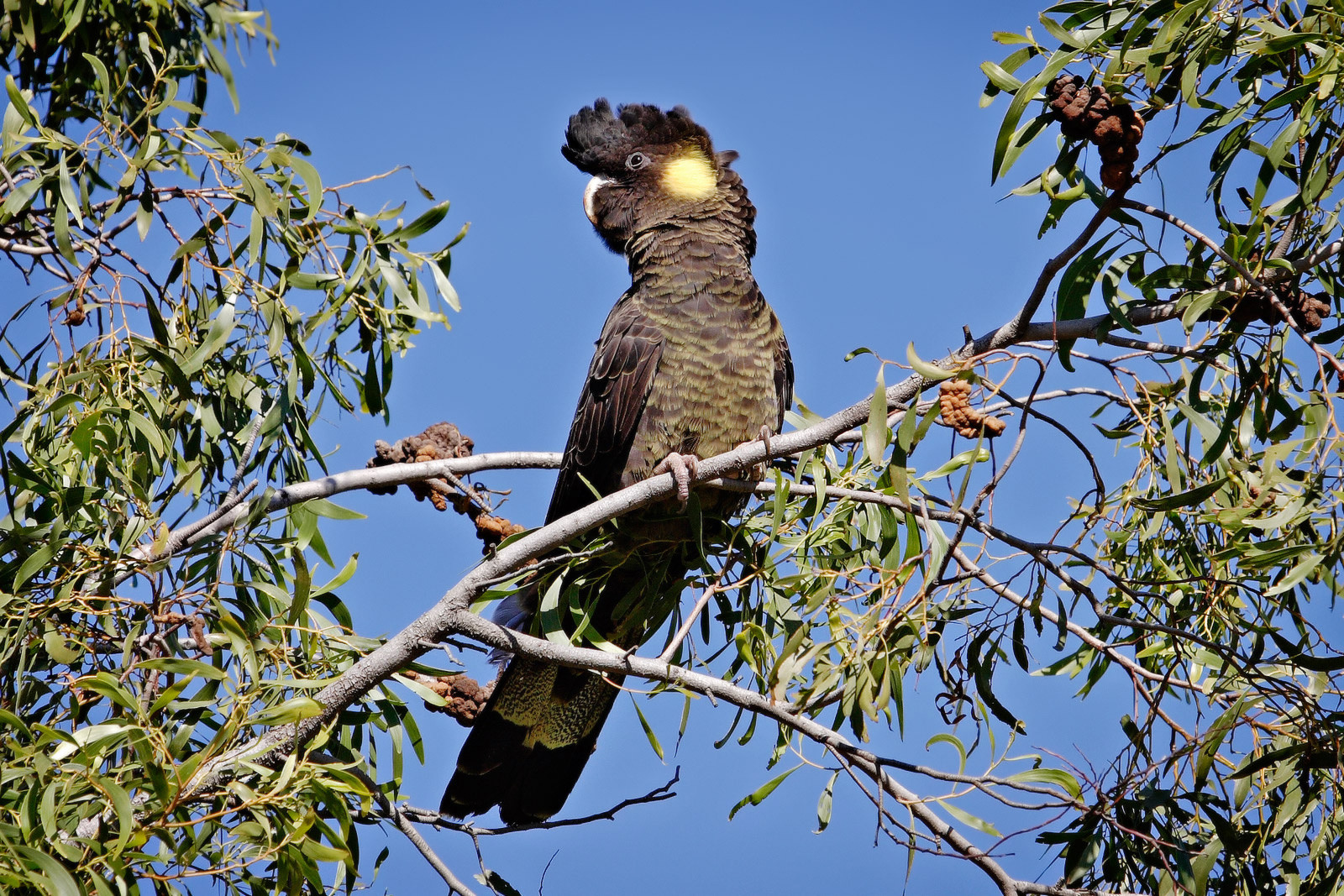Landcare groups and students help to rehabilitate degraded railway corridor

Temple Christian College students planting seedlings
Over the past 100-plus years trees have been cut down and vegetation cleared to make way for urban development and rail transport corridors. There was little left growing along the freight and passenger rail corridors stretching through Mile End until the Australian Rail Track Corporation (ARTC) and the South Australian Department of Planning Transport and Infrastructure (DPTI) were approached by Landcare Australia in 2017 to partner to improve the environmental health and aesthetics of this stretch of land.
The project’s aim is to work collaboratively with the community to introduce native plant species that beautify the area and allow habitat connectivity to nearby parklands. It also seeks to increase biodiversity in the inner Adelaide area by maximising habitat value for birds and other fauna, such as the yellow-tailed black cockatoo.

The yellow-tailed black cockatoo
This rehabilitation project was kicked-off in 2017 with local school students planting over 600 native plants at Mile End and an innovative ‘reverse volunteering’ project at Lynton.
Normally Landcare is about Landcare groups working on their own plot and fixing environmental issues important to their immediate community. But for this project, we invited Landcare Groups from across Adelaide to volunteer for planting at a site in the Lynton rail corridor which had recently been cleared of olives. For their efforts, each person received $200 toward their own Landcare Group. In total, 40 people from eight groups attended – which means $8,000 (equally funded by ARTC and DPTI) went to funding multiple projects all across Adelaide.
“We’re really pleased how this partnership has come together, it has provided a fantastic opportunity to bring the community together and improve the amenities that we share as a community,” said ARTC Executive General Manager Corporate Affairs, Jane Lavender-Baker.
The project is moving into its second year with infill planting at existing sites and a new site at Wayville.
Watch a video about the project.



